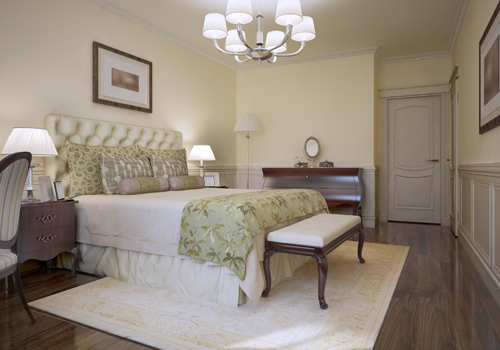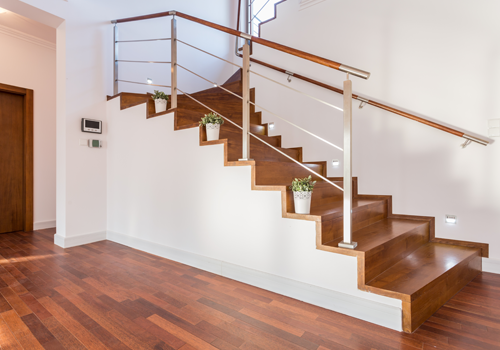While everyone has a mix of practicality and aesthetic in mind while designing the interiors of a house, how many people think to make it elderly-friendly? Indians especially, continue to live with their children, or in a joint family even when old. In scenarios such as these, it is wise to keep in mind certain points and factors which will make it easier for your ageing relatives to manoeuvre around the house and feel less helpless too.
1) Hardware Fixings
It is easier to use a doorknob with a lever than a round one with arthritis. It can be pushed down even with wet hands and is less slippery. It is also better to have the rocker switches which are safer and simpler. Ensure all switches are two way so that they don't have to walk from one end of the room to another to put on/off the light. Lastly, try and get faucets that are pressure sensitive. If that isn't an option, get faucets with levers.
2) Lighting
The elderly need twice more lighting since their eyes usually begin to weaken. Try and see to it that plenty of natural lights stream into your home along with adequate lighting in every room. If your home has cosy nooks or side tables, keep floor or table lamps on them for added comfort. The switchboards must not be lower than 4 feet so they don't need to bend down to put on the switches. Ensure there is a light in front of doorways and at the entrance of the home.

3) Furniture
It is difficult for those suffering from arthritis or rheumatism to bend their joints too much. See to it that the edges of their bed, is as close to their knee level as possible. If you cannot find a balance between heights, place a footstool. The same goes for other sofas and seating. Don't make the chairs puffy and sofas sinkable. Getting up for them will then be a struggle. Place smaller tables at frequent distances throughout the house so they don't have to carry anything for too long.
4) Flooring
One of the major mistakes that people make is not making their floors grip-friendly. Carpets and area rugs are very easy to trip over which can be dangerous. Do away with any rugs at all, if possible, or add non-skid mats beneath them. Secondly, replace marble/granite or any such slippery flooring with wooden floors.
5) Bathrooms and Stairways
Install a handrail if you have large stairways and ensure it is long enough. Bathrooms need to have anti-skid flooring and grab-bars, hand rails and hand showers all go a long way towards making them more comfortable and supporting them inside the bathroom. Keep a small chair or a footstool in there too. Also, keep in mind the need for an emergency call-bell in the washrooms and their room which can ring and resound throughout the house.
